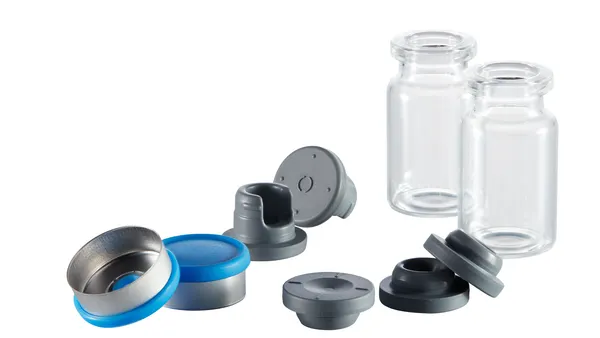Dive Brief:
- In an FDA Voice blog post, the Food and Drug Administration has announced draft guidance for companies developing over-the-counter products applied to the skin, providing advice on how to design and conduct maximal usage trials.
- This latest guidance focuses on the absorption of topical ingredients into the body, highlighting concerns particularly in children, the elderly, and pregnant and breastfeeding women.
- This guidance brings the safety requirements for OTC topical products marketed without approved applications to a similar level to that currently required for prescription products.
Dive Insight:
While over-the-counter products may be thought of as safer that prescription products, it may not always be the case. This guidance brings a higher level of scrutiny to topical over the counter products with active ingredients, such as antiseptics.
Products that are designed to act on the skin's surface were once thought not to travel through the skin into the body. However, improvements in tools and technologies have now meant that measuring drug levels can be carried out more accurately, detecting even small amounts of active ingredients absorbed into the systemic circulation.
In this guidance, the FDA will recommend that manufacturers carry out maximal usage trials (MUsTs) for all topical active ingredients that are being considered for use in an over-the-counter product, and will include advice on how to design and conduct the studies. This follows up the 2016 recommendation, under a marketing pathway established by the Sunscreen Innovation Act, which also asks for MUsTs among other safety and efficacy studies.
"Absorption studies have contributed significantly to the FDA’s knowledge of the safety of topical prescription products. Applying a similar level of safety research to active ingredients being considered for inclusion in an OTC monograph to that which currently exists for prescription products can help the FDA determine whether these ingredients should be included in OTC products marketed without approved applications," said Theresa Michele, director of the Division of Nonprescription Drug Products, Office of New Drugs, at the FDA’s Center for Drug Evaluation and Research, in the FDA Voice blog.











